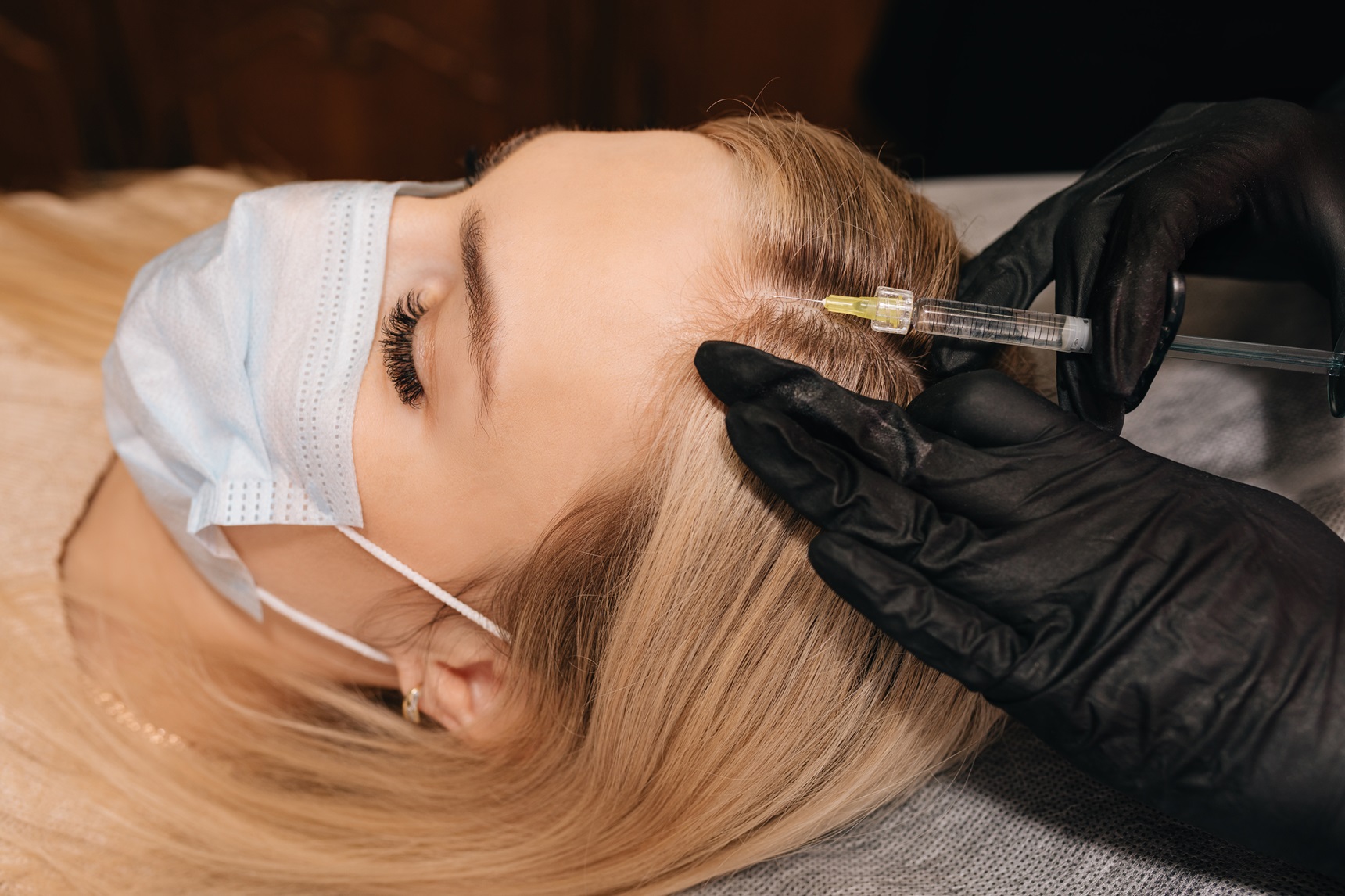Hairline lowering is a specialized cosmetic procedure designed to address concerns related to high foreheads and balding. This surgical technique, also known as forehead reduction or forehead hair transplant, is gaining prominence for its impact on facial aesthetics. Dr. Andrew Kornstein helps individuals achieve a more youthful appearance, better facial proportions, and improved self-esteem by carefully adjusting the hairline.
Why Should You Opt for Hairline Lowering?
A high forehead or balding can significantly impact one’s facial aesthetics, prompting the need for corrective measures. Hairline lowering emerges as a viable solution to restore balance and harmony to facial features. Various factors, including genetics, hair loss, prior surgery, trauma, or androgenic hair loss, can cause a high hairline.
The ideal candidate for hairline lowering is an individual who wishes to address concerns related to a high forehead or hair loss in the frontal region. Typically, candidates have realistic expectations about the outcomes of the procedure. Potential candidates need to consult with Dr. Kornstein to assess their specific situation and provide personalized recommendations.
Causes of Hairline Lowering
Several factors can contribute to a receding hairline:
- Genetics: If your parents or grandparents have a receding hairline, you are more likely to experience it yourself.
- Hormones: Androgens, such as testosterone, can shorten the hair growth cycle and lead to thinner hair or baldness. This is why male pattern baldness is more common in men than in women.
- Aging: As we age, our hair follicles gradually become less active, which can lead to hair loss and a receding hairline.
- Medical conditions: Certain medical conditions, such as thyroid disease and autoimmune diseases, can cause hair loss.
- Stress: Chronic stress can also lead to hair loss.
Aside from those, there are other causes of a lower hairline:
- Traction alopecia: This is a type of hair loss that is caused by pulling on the hair, such as from wearing tight hairstyles or hair extensions.
- Scarring: Scars on the scalp can prevent hair from growing back, which can create the appearance of a lower hairline.
- Certain medications: Some medications, such as chemotherapy drugs, can cause hair loss.
Methods for Hairline Lowering
During the hairline lowering procedure, a skilled surgeon carefully modifies the position of the hairline to achieve the desired result. This often involves incisions along the existing hairline, allowing for the necessary adjustments. In some cases, hair grafts may be utilized to augment and refine the new hairline, ensuring a natural and harmonious appearance.
Scalp Advancement: This technique involves moving the scalp forward and removing a portion of the forehead skin. The scalp is then secured to the bone using implantable devices or sutures, creating the illusion of a lower hairline.
Forehead Reduction: In this method, hair is grafted to the forehead, making the hairline appear lower. This technique is often used when scalp laxity is insufficient for the desired amount of advancement.
Both methods require careful planning and execution to achieve the desired results. The design of the hairline is crucial to a successful surgery, and Dr. Kornstein pays attention to the direction of hair growth, the specialized incision to provide the best and often imperceptible scar, and the amount that the hairline can be lowered and the forehead reduced.
Contact Us for Personalized Guidance
For those considering hairline lowering for hair restoration, Dr. Andrew Kornstein is here to provide personalized guidance. Contact Dr. Kornstein today to schedule a consultation and take the first step toward achieving your aesthetic goals.


